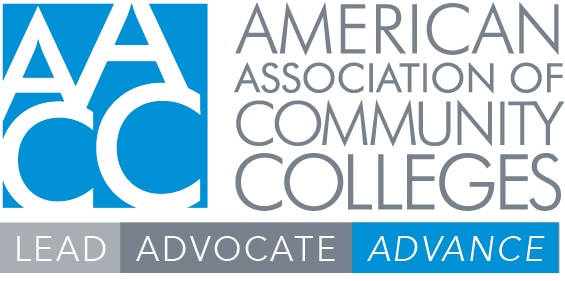The U.S. Education Department (ED) this week released a new electronic announcement (EA) on remaining issues with implementing the new Free Application for Federal Student Aid (FAFSA) form, as well as new information on plans for releasing the form for the 2025-26 award year.

First, ED’s Office of Federal Student Aid (FSA) announced that it will not make any substantive changes to the current FAFSA for the 2025-26 award year and won’t go through a public comment process.
In a normal cycle, ED publishes the FAFSA in draft form for public comment, creating a formal opportunity for stakeholder groups to provide feedback on the form and any changes proposed by the agency. The process is lengthy, typically involving a 90-day public comment period opening in March of the proceeding award year. After the feedback window closes (usually in June), officials have around three months to consider comments, incorporate feedback and ensure that a final form is ready by the usual publication deadline of October 1.
With March coming and going without a draft form posted to the Federal Register, and with FSA staff busy fixing the many errors and challenges associated with the 2024-25 FAFSA, many members of the financial aid community raised concerns that ED was already behind on the 2025-26 form. By eliminating the public comment period, the department is much more likely to be able to issue a final FAFSA form by October 1 and prevent delays in next year’s award cycle.
‘Listening sessions’
While ensuring that students can access and complete the form in the fall is of paramount concern, the decision removes a key opportunity for institutions and advocates to make changes to the form in a way that benefits students and their user experiences. To that end, ED has indicated that instead of a formal public comment process, it will host “listening sessions” to gather feedback on the current form and make non-substantive changes where appropriate. For stakeholders unable to attend the listening sessions, the department will also issue a Request for Information (RFI) to solicit feedback.
At this week’s annual National Association of Student Financial Aid Administrators (NASFAA) conference, Melanie Storey, FSA’s director of policy implementation and oversight, mentioned adding pop-ups that give students more information on questions that have been confusing (in this case, the question on whether students want to apply for only unsubsidized loans) as an example of the types of changes that the ED will be able to make based on received feedback.
The American Association of Community Colleges (AACC) remains highly engaged in delivering a 2025-26 FAFSA form that works for community college students and will participate in ED’s listening sessions. Please contact Kathryn Gimborys, AACC’s government relations manager, to share suggestions for improving the FAFSA form or to discuss the issue further.
Continued delays for institutional corrections
In the same EA, ED shared an updated timeline for institutional corrections. As a review, when a student submits a FAFSA form, it is not uncommon for it to have errors that need to be corrected or required changes before an institution can package an award offer to a student.
Some of these corrections — including adding new schools, correcting typos or user errors made while filling out the form, or adding a missing signature — students do on their own. For other errors, it is either necessary or more efficient for a college to initiate the correction process. In a typical award cycle, both students and institutions can initiate corrections as soon as a form is submitted or received. However, this hasn’t been a typical awards cycle.
While student-initiated corrections were made available in late April, institution-initiated corrections are not expected to be made available until late June. To make matters even more challenging, ED this week announced that batch corrections – the functionality that allows colleges to submit corrections for multiple students at once and the way that most colleges submit institutional corrections – will not be made available until mid-August. While schools can submit corrections on a student-by-student basis, that is simply an unfeasible process for colleges, even under the best of circumstances.
The department also announced that it is still finalizing the functionality to process paper FAFSAs, a critically important process for incarcerated students and students who filed on paper in order to meet an institutional or state financial aid deadline. While ED still expects to begin processing paper FAFSAs by the end of June, it said that student and institutional corrections will not be made available for these students until mid-August.
AACC seeks feedback from the field
The updated timeline shared in the EA is incredibly frustrating for financial aid offices, who will likely not be able to generate aid packages for affected students until late August. AACC is eager to hear from members on the impact of these delays on financial aid packaging, interactions with software vendors and other institutional processes, and broader concerns on student enrollments, financial aid access, and student success.





